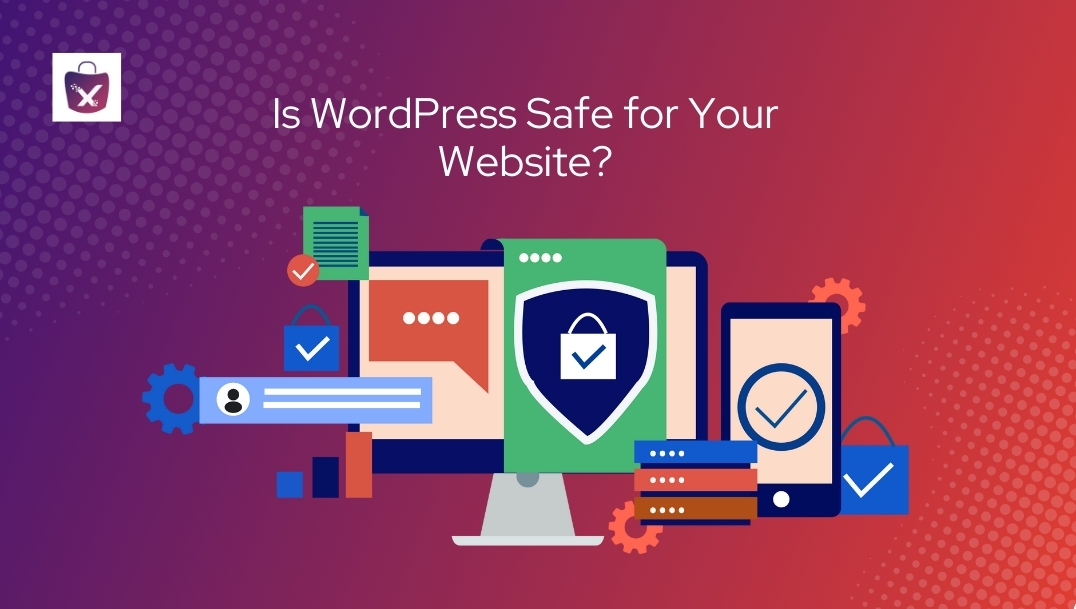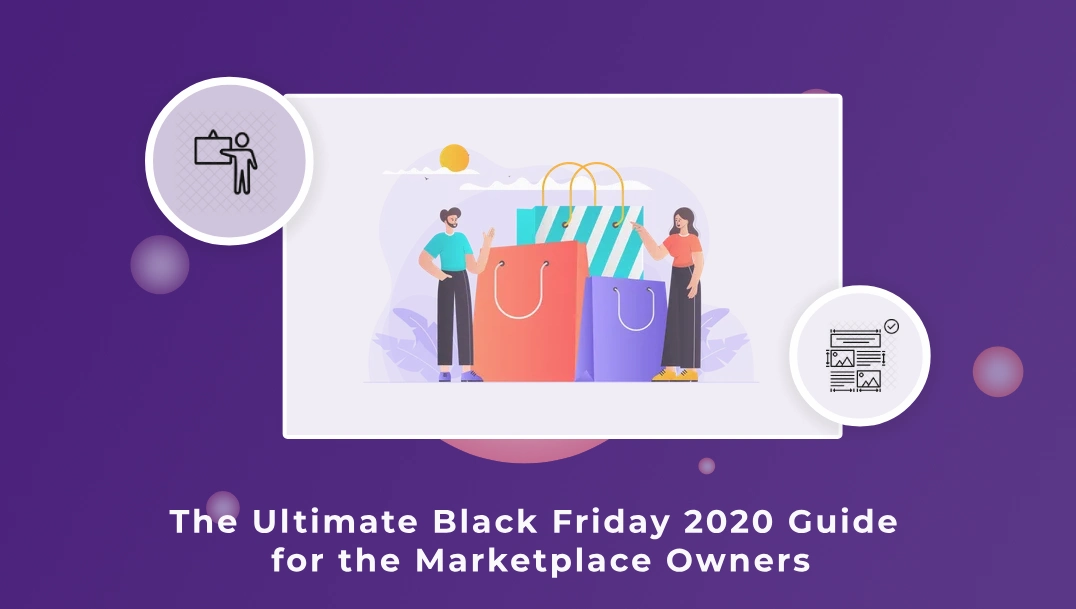I haven’t yet read the 1st Part Neither the 2nd Part
It’s great to be back. Today we will conclude our blog series of finding the best marketplace revenue model. We have already discussed on commission and subscription model. Let’s figure out the competence of the listing fee model-
The Listing Fee:
The simplest revenue generation model. Similar to the classified ads, merchants are charged to post their products/services on the website.
Benefits of Listing Fee Model
- 1. Admins can control the product listing in the marketplace
– Quality Assurance: Ensures only high-quality products are listed, maintaining the marketplace’s reputation.
– Curation: Allows for a more curated and specialized product selection, enhancing the customer experience. - 2. Admins can charge for special products or categories
– Premium Placement: Vendors can pay for better visibility and placement on the marketplace, which can lead to higher sales.
– Promotional Listings: Provides an option for vendors to promote their products during special events or seasons. - 3. Admin will not be dependent on the sellers’ performance
– Stable Revenue Stream: Generates a predictable revenue stream irrespective of sales performance.
– Risk Mitigation: Reduces financial risk associated with fluctuating sales volumes, providing financial stability. - 4. Encourages Serious Sellers
– Commitment from Vendors: Vendors are more likely to be committed and serious about their listings, reducing the number of low-effort or low-quality listings.
– Discourages Spam: Discourages spam and low-value listings, keeping the marketplace clean and professional. - 5. Enhanced Marketplace Management
– Better Resource Allocation: Allows for better planning and allocation of resources, as revenue is not solely tied to sales commissions.
– Operational Efficiency: Simplifies operational processes by decoupling revenue from sales tracking and management. - 6. Revenue Diversification
– Multiple Revenue Streams: Can be combined with other revenue models like commission and subscription fees to diversify income.
– Flexibility in Pricing: Provides flexibility in pricing strategies, allowing for different pricing tiers based on product categories or listing durations.
How are the industry leaders playing?
Craigslist:
Spoiler alert!!! The popular classified ad marketplace does not charge for all listing. Most of them are free except posting a job, real estate and other selected listing-
Hugely benefited from this strategy Craigslist has not tested any other model. Browse through the Craigslist website of any province and you will not find a single banner or lead-free (Additional cost for better placement at the website)-
Etsy:
The listing fee comes with a dilemma for marketplace owners.
Here, the marketplace owners do not get benefit from each transaction. The admin will be lured to set a healthy list fee to ensure that vendors do not eat most of the profit pie. But, over-the-top list fee can reduce vendor admission.
Etsy faced the challenge.
In their starting days, art and unique product marketplace Etsy offered a “1st-month special: no fees at all” promotion. But, when the listing fee was applied ( $0.10 per listing at the time, $0.20 now ), there was an initial slump in new listing volumes: there were roughly 300 new items listed per day before the fees, but for the first five days afterward, their average was more like 160 per day.
Question is, despite the backlash, Why has Etsy kept the listing fee for their sellers?
Etsy’s reasons were-
- They do not want to miss the revenue from their not so popular products.
2. Charging a listing fee prevents the marketplace from being flooded with redundant products.
3. At the end of the day, customers get high value from the marketplace
Ebay:
Ebay too charges the vendors a listing fee a.k.a insertion fee to list an item on the website. As they have multiple revenue paths, the insertion fee is not applicable for monthly subscribers.
Zomato:
Unlike the Craigslist or Ebay, Zomato is the vertical search marketplace offering specific products and services. Can the listing fee be a viable model for them? Let’s introspect-
Zomato has an innovative revenue model. As a food search engine, it does not charge anything. So, there is no listing fee. But, if you want to avail additional services- Ad Sales ( Banners ), Online Ordering, Book etc. one has to spend bucks.
What have we learned?
Listing Fee is not a primary revenue model for Product-marketplace:
If you are running a product marketplace, going along with the Listing Fee model would be a huge leap of faith. For example, Etsy has integrated both listing and commission model. Etsy charges $0.20 for each item you list and that item is active for 4 months.
Finding Parity is the greatest task:
No doubt. A marketplace should add value to the vendors. But giving freebies will lead a marketplace to a fragile state. And if one sets the fee high, vendors will reject the marketplace soon.
How many lists do you have?
Listing fee emerges as a sustainable primary business model for those who have somehow managed to stimulate the constant lead-flow. The multivendor marketplace leaders will not have a share in the transactions, however small and big they will be. More and more leads will save your marketplace.
Wooing Vendors:
Similar to the membership/subscription model the listing fees model does not ensure the selling of the products. The only benefit in listing fee is that it will not ask the vendors to renew their membership or push them towards the re-subscription. In such situation how can you win the hearts of the vendors?
As of 2024, Etsy has around 7 million active sellers, up from approximately 5.9 million the previous year, indicating a significant growth rate of 19% year-over-year. This growth demonstrates the platform’s continued appeal and expansion in its seller base.
Number of active Etsy sellers from 2012 to 2016 (in 1,000) Etsy sellers
Etsy’s disruptive business idea turned the table for them. What’s your hack?
The Set-Up Challenges:
Listing Fee on Selective Products:
An ideal listing fee model must have that flexibility to adapt your business objective.
Craigslist has successfully done that. Giving vendors a relaxation with their listing can turn up as a great boon for your marketplace. This means allowing some free or low-cost listings can attract more sellers, increase variety, and encourage vendors to try out your platform without a significant upfront cost. Make sure your marketplace has the right infrastructure to implement the required feature.
keep active your other learning paths:
Not every marketplace will have the fortune of keeping “listing fee” as their exclusive cash-generating strategy.
If you are a newbie, you would prefer to practice commission model along with the listing model. At the back-end of your marketplace, you must have a feature to enable commission system along with the listing fee model.
Let’s take a decision:
No one loves to fail. The word hustle is a trend for modern entrepreneurs but why should you run an extra mile when you can set up a process to stimulate everything, even your revenue generation?
Choosing a right revenue model will be the first big step in your mission. All the data, industry-best insights and the development procedure that we have shared here are the best possible options for your future marketplace.
Now the ball is yours in your court. What looks the most profitable for you? The ever-dependable commission model or the recurring revenue generator subscription model? Or, will the simplified listing fee model be the best option for your upcoming marketplace? Share your views with us and make a decision now.






